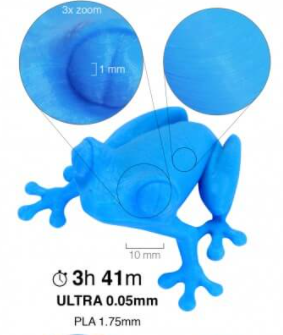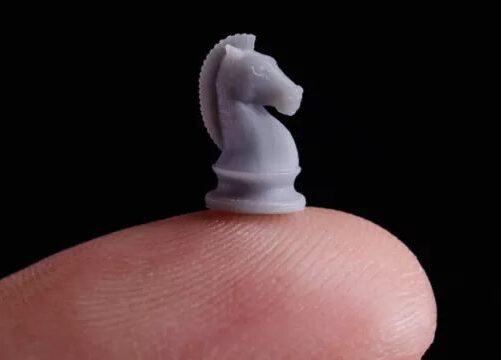High-Resolution SLA Prototypes
SLA technology is used for its extremely accurate and high resolution parts. These parts are capable of being used as end-use, low-volume production or even for rapid prototyping. TechnoPrints offers a variety of materials, feel free to contact us.
Our SLA 3D Printers
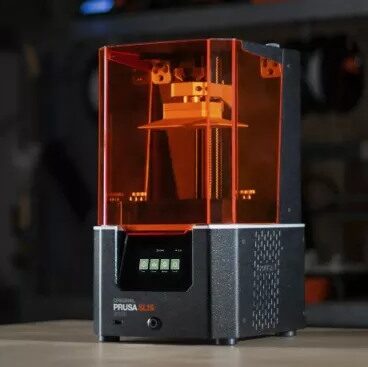

Prusa SL1S SPEED
Print Volume: 127 x 80 x 150 mm. (5 x 3.14 x 5.9 inches)
Materials: Standard resin, Clear resin, casting resin, Hard and resistant resins, heat resistant resin, bio-compatible resins and flexible resins
LCD Resolution: 5.96″ 2560 x 1620p
Layer Resolution: 0.025 – 0.1mm
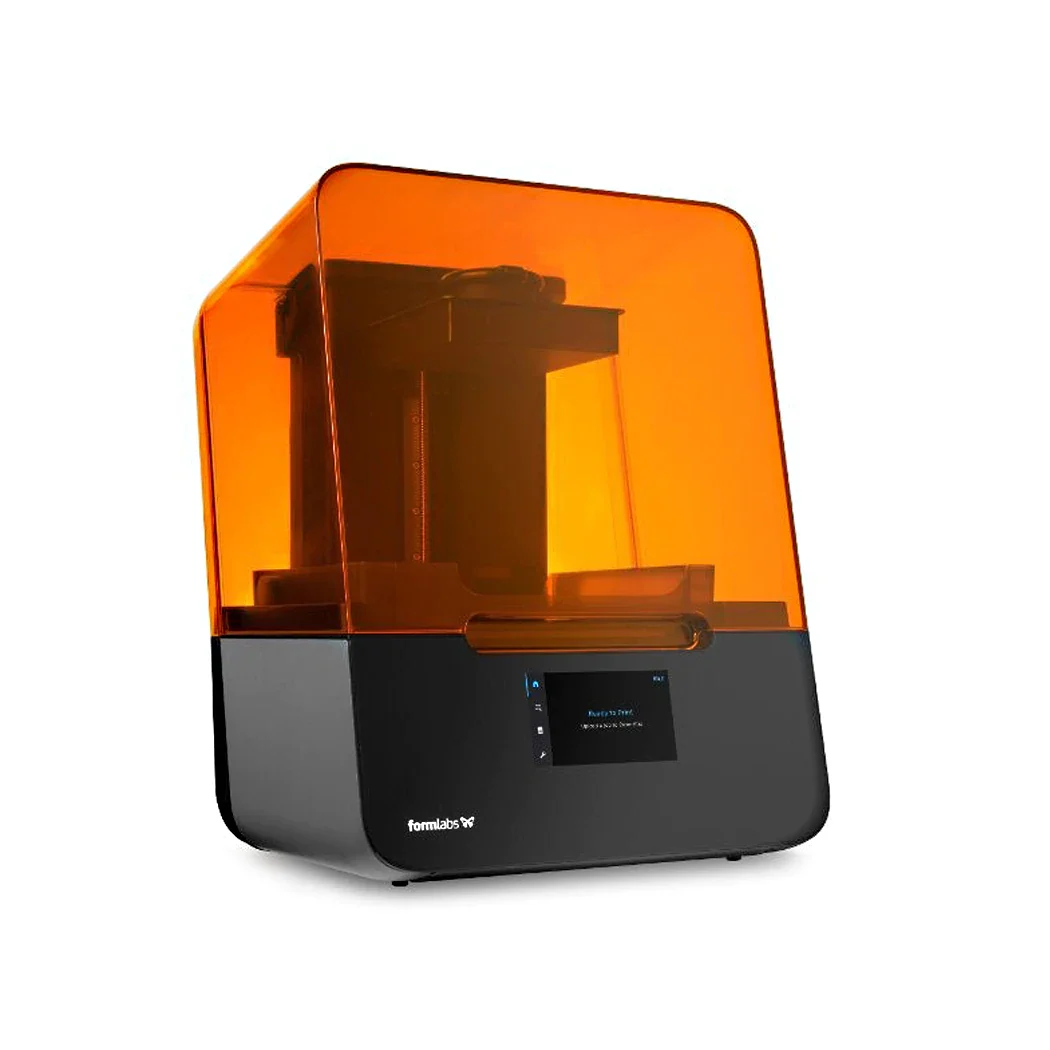

*Coming Soon* FormLabs 3
Print Volume: 145 x 145 x 185mm. (5.7 x 5.7 x 7.3 inches)
Materials: Varity of resins available
Dimensional Accuracy (X/Y): 25 / 25 microns
Layer Height: 0.025 – 0.30mm
Applications of SLA Printing
SLA printing can be used in a variety of industries. Here are some examples of what can be accomplished.


Dental
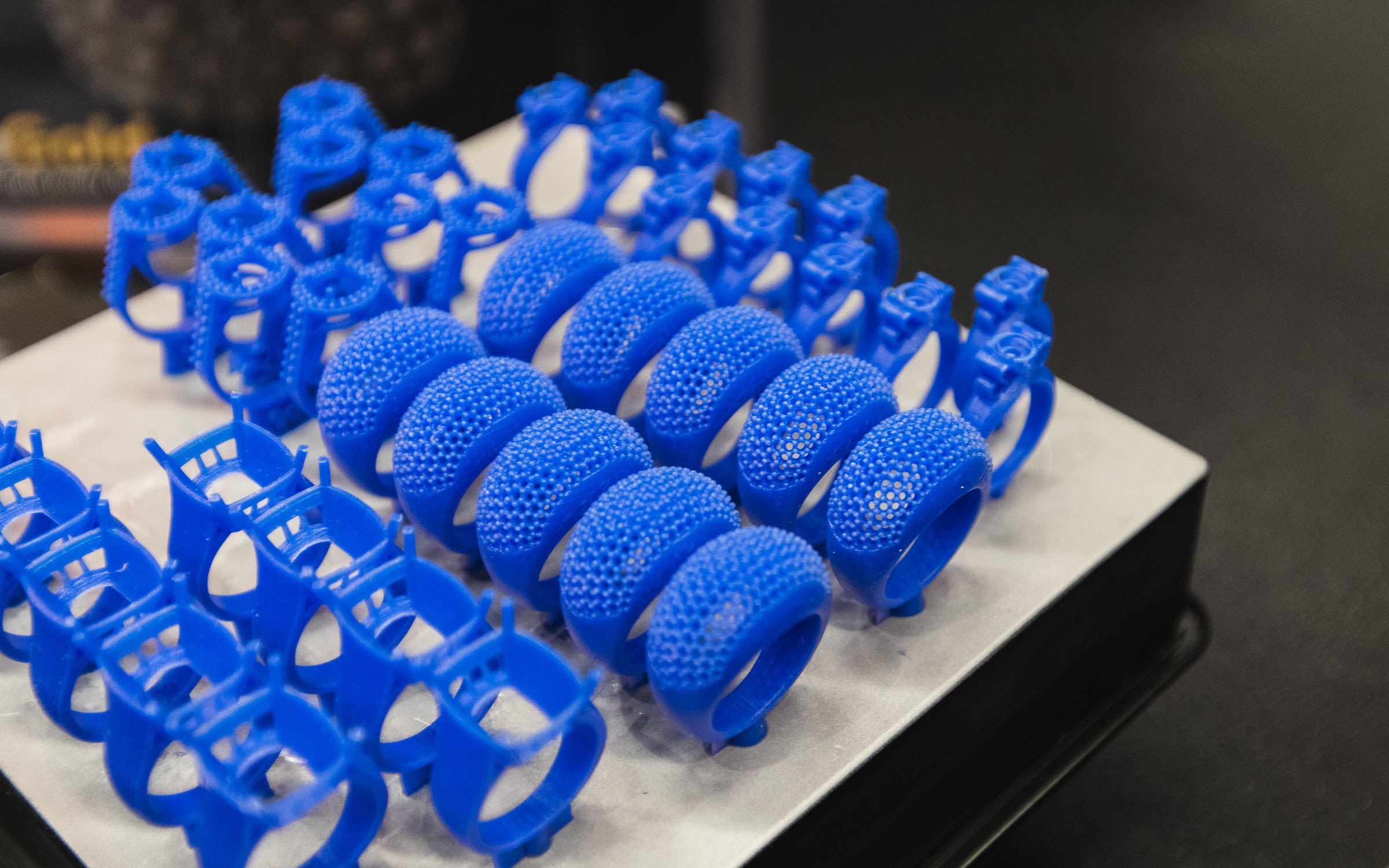

Jewellery
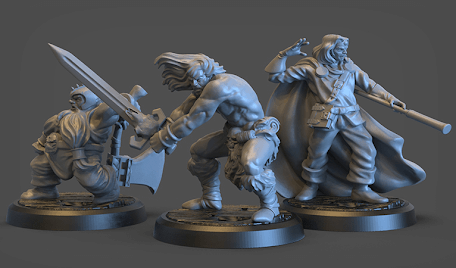

Miniatures
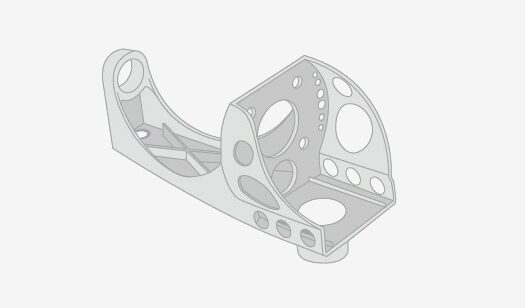

Jigs and Fixtures


Dental
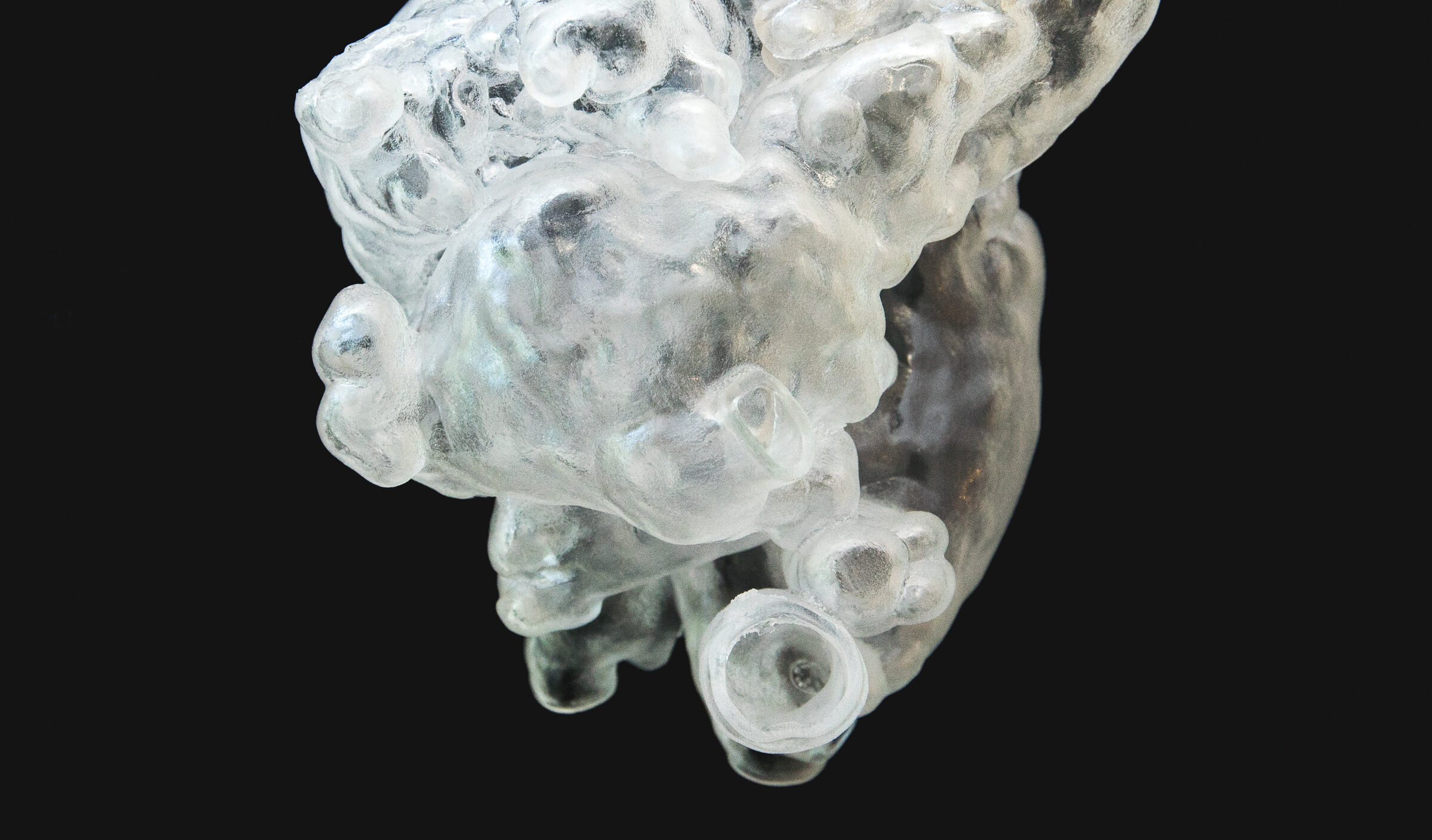

Medical
SLA Materials
Selecting the best material for your project is very important to us. From Tough Resin to flexible rein, we offer a wide variety of materials and are happy to assist you in choosing the resin that best suits your project needs.
Standard Resin
Smooth surface, lots of details
Fragile
Not suitable for mechanical parts
Tough Resin
Similar to ABS materials
Partially flexible
Suitable for mechanical parts
Low resistance to high temperatures
Flexible Resin
Similar to rubber (70A hardness)
Lower resolution of printed parts
Heat Resistant Resin
Highly temperature-resistant
Used for injection forms
Expensive
Bio-compatible resins
Non-toxic
Suitable for dental implants manufacturing
Abrasion-resistant
Expensive
Casting Resin
Lots of details
Great for preparation of casting forms
Little to no remnants after burning the resin
Quality Comparison
Not sure which 3D Printing quality to choose from? By choosing standard quality can significantly reduce costs at a cost of more visible layers. However, choosing a Ultra quality will result with a higher quality finish and an increase in price.
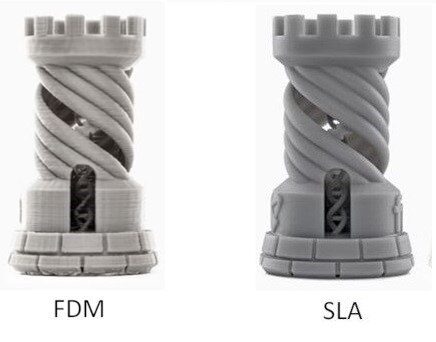

FDM Layering heights are pictured below
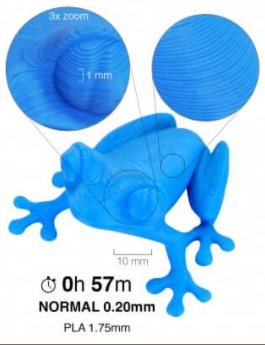

Standard Quality
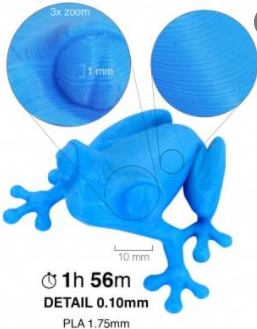

Mid Quality
